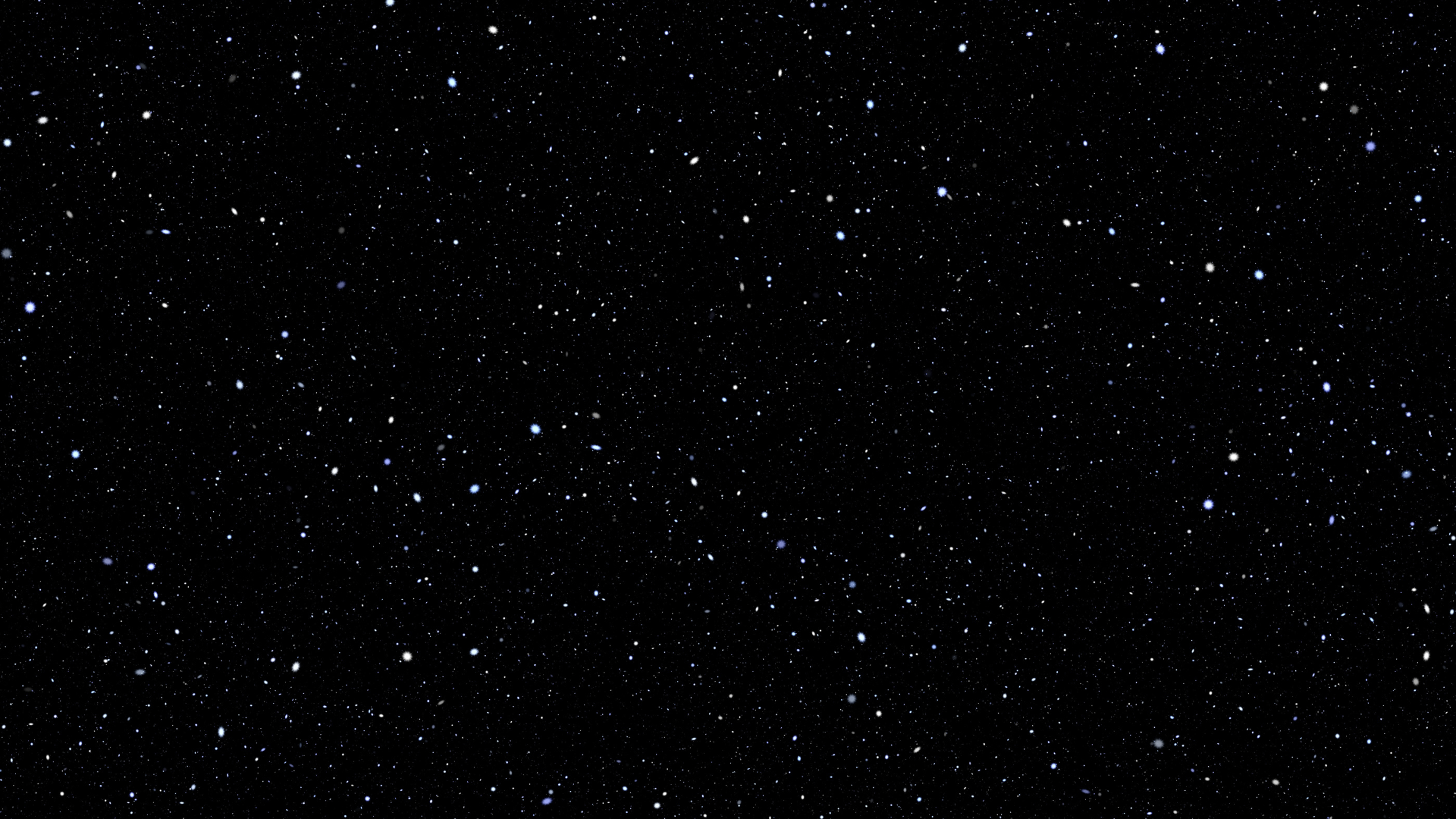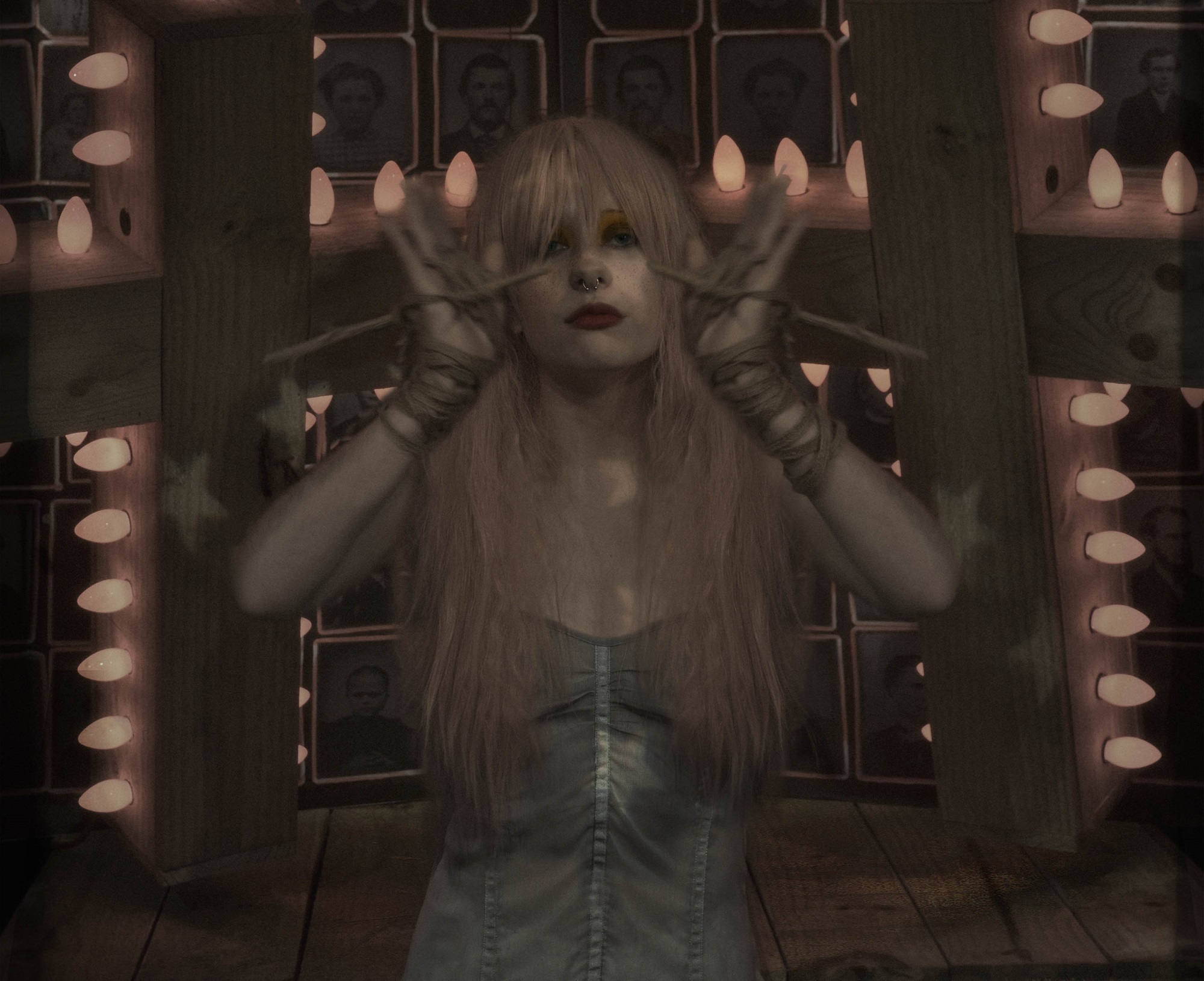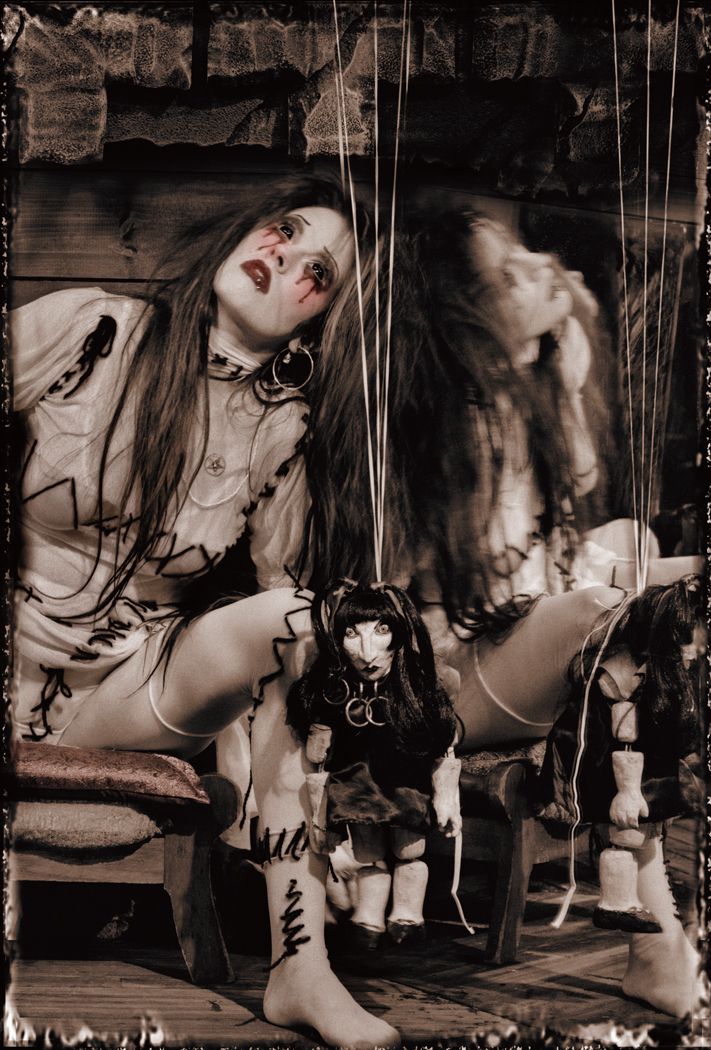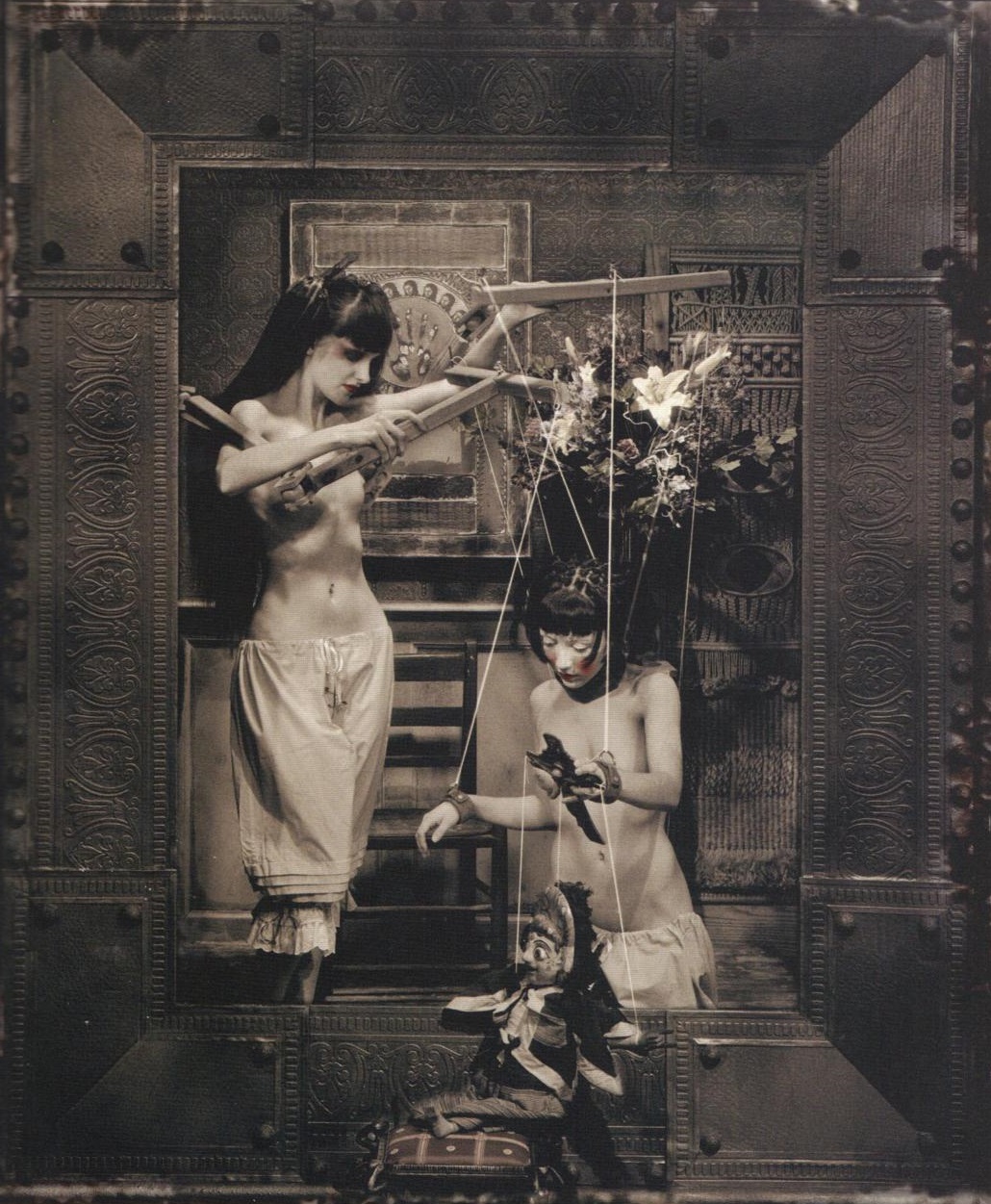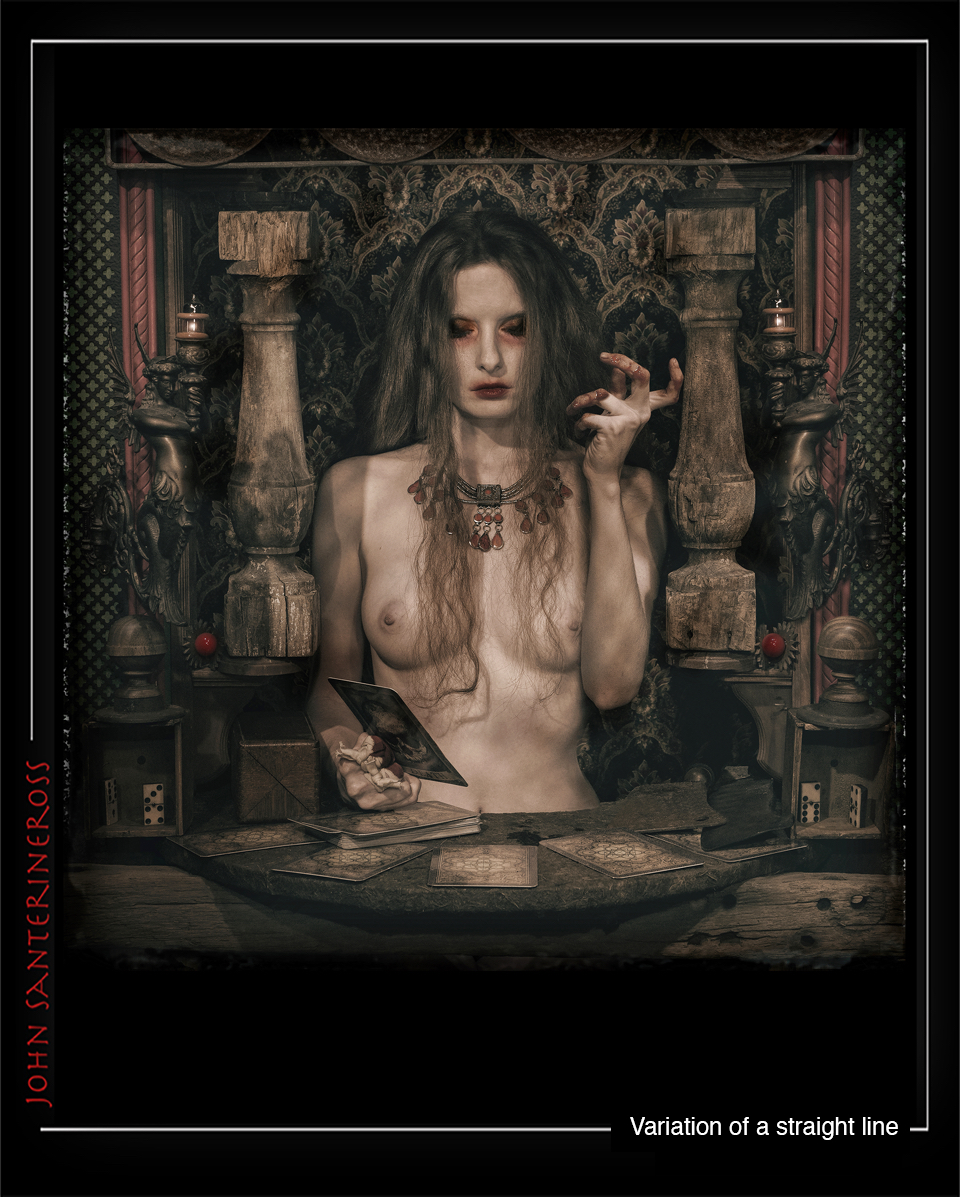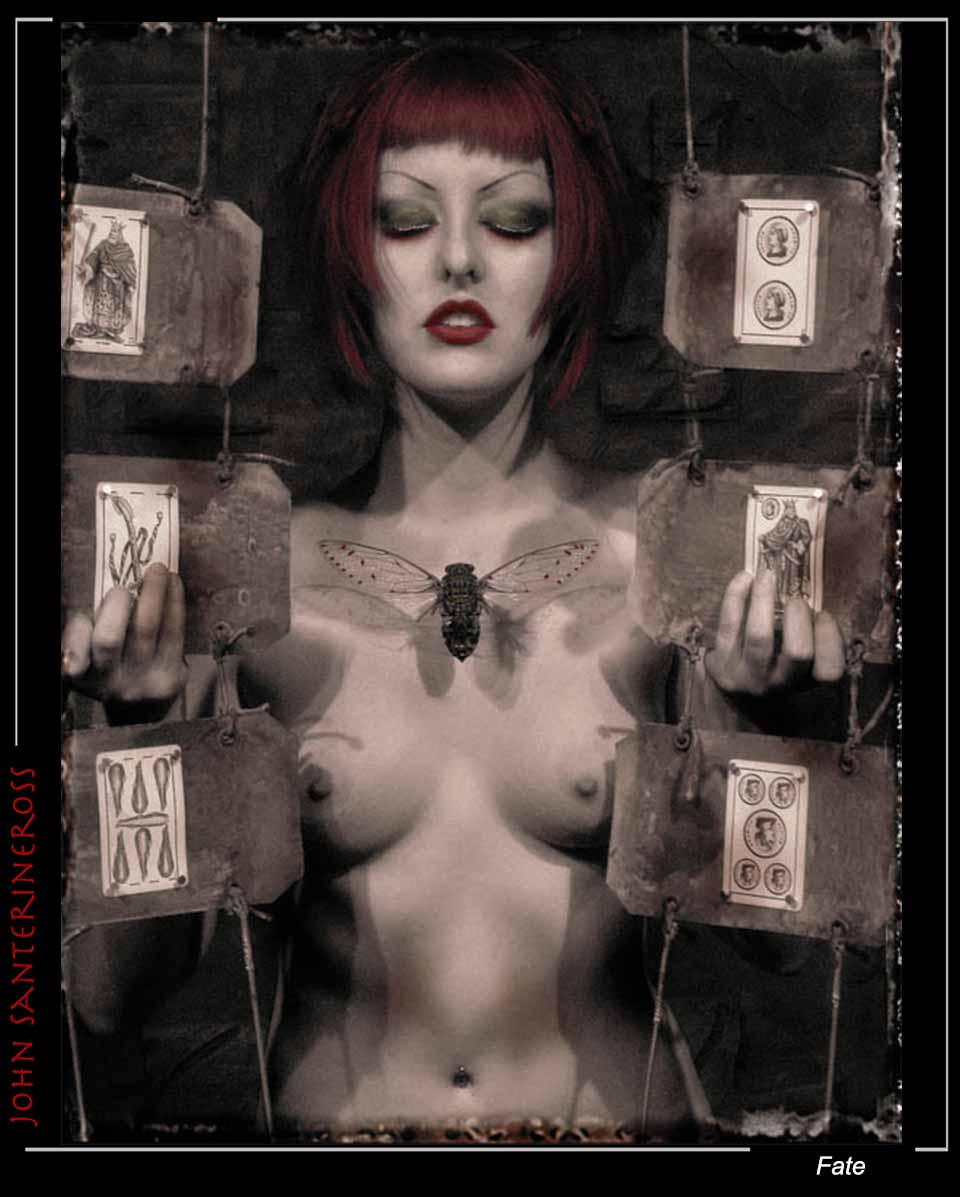DM: Your artistic journey revolves around Symbolism. What personal significance does (Neo-)Symbolism have to you?
JS: The symbolist movement was one that pushed the boundaries of what and how art should communicate. I am influenced by the early symbolists’ belief that “the creation of a mood is as important as the transmission of information; as it seeks to engage the entire mind and nature of the viewer, by appealing to the viewer’s emotions and subconscious, as well as to their intellect”.
DM: What is the thought process you go through when you put together the pieces making up your mystical & evocative photographs?
JS: That is a very difficult thing to answer as a lot of what I do when I work in on an instinctual level, which is not readily translated into words or thoughts I can verbalize easily.



DM: What are some photographers and other artistic figures you admire (adepts of Symbolism and not only)?
JS: I have a long list of artists that I have admired and who have been an influence on me, but I’ll list ones that are friends, with whom I communicate on a regular basis.
• Alessandro Bavari
• Daikichi Amano
• Daria Endresen
• Derek Caballero
• Jason Guffey
• Jeffery Scott
• Joachim Luetke
• Justin Kates
• Kenichi Murata
• Laurent Fièvre
• Louis Fleischauer
• Matt Lombard
• Saturno Buttò
DM: You mentioned you prefer not to give any explanations about your photographs, the personal meaning or inspiration behind them. What made you decide this?
JS: It would take away from your experience of the image. If I were to tell you that a particular image is about the time I had as a child eating a banana, that is all it would ever be in your mind, because you were given the answer. I like to make my viewer work for it. Digging deep inside them to derive an explanation or meaning.
DM: Some of your photographs incorporate religious symbolism. What are your thoughts on religion in general and what are your beliefs in this sense? Have you been religious at any point?
JS: I am a spiritual person by nature and can distinguish the good and bad in every form of organized religion. As in all things context is everything.
DM: What would you like your photography to evoke and what kind of response would you expect your viewers to experience through your art?
JS: I would hope that my images would stop someone in their tracks long enough to give them time to establish something in their mind. In this world of swiping images on a phone at an alarming rate, that is all I can hope for.
DM: Considering the uncanny as a phenomenon describing a specific category of “frightening”- associated with anxiety, fear, and shock, these three emotions also resonate with the mood that is vividly encapsulated in the sinister scenes and saturnine settings from your photography. Have you tapped into your own fears and nightmares or those belonging to the models or people around you in order to achieve your creative vision?
JS: The model is just another prop, and while each brings something special to the image, it is by no means any more important than any other object in the photograph. This is the reason I choose to shoot nudes and most of the time models without any form of in your face body decorations, (which I love by the way, just not in my image). Clothing or body decoration would add a message that is not mine and can in many cases overwhelm the entire image.
DM: Would life be better without fear and should people strive to relinquish it or do you believe fears enhance our lives and creativity and we should all face and embrace our demons?
JS: Fear should always be respected but worked to be controlled. We all need to make peace and live with our demons, as there is no way to make them not be. Once you have experienced trauma in any of the forms it takes, it never goes away.
DM: How do you select your models?
JS: The process is very lengthy actually. I will be asked by people to pose for me or perhaps I see a face that speaks to me. Becoming friends is vitally important in my process, as I need to know if that person can give me what I am looking for to tell the story. And obviously, there is a comfort level that needs to be achieved and a friendship can do that. My models trust me, which I am ever grateful for.
DM: Some of your work can be controversial. What do you think of the condemnatory perceptions of your photography?
JS: I do not wish to be didactic to anyone, each person is entitled to an opinion. I am not trying to convert people. If they like what they see and it speaks to them, then great, and if not, the world keeps turning.
DM: What concepts do you plan on exploring through art in the future?
JS: As of late I have not been shooting all that much, perhaps I have said what I needed to say in the last 30 years. Perhaps not, I am not sure. We shall see. I am in the process of designing a third and final book, which will include my work as you know it, as well as my still life work and poetry in the Senryu form.
Links:
